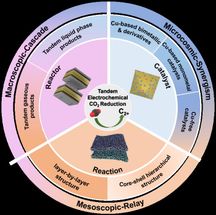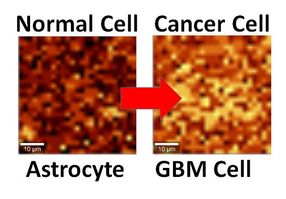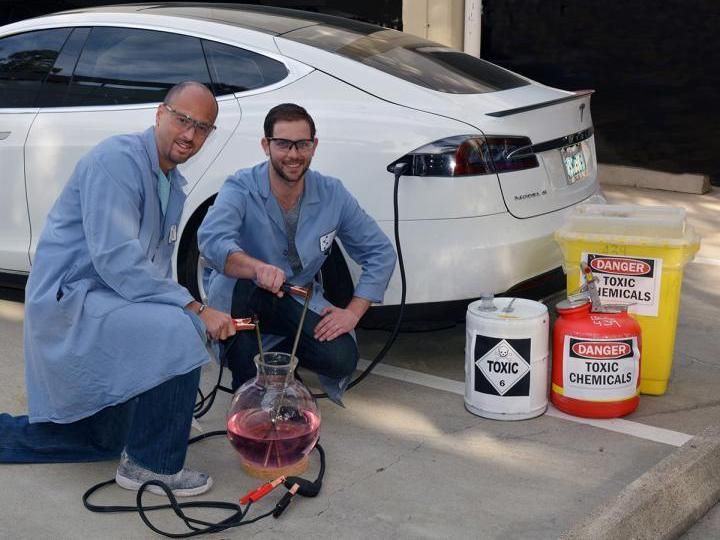Engineers use microwaves to produce high-quality graphene
Rutgers experts discover easy way to make graphene for flexible and printable electronics, energy storage, and catalysis
Rutgers University engineers have found a simple method for producing high-quality graphene that can be used in next-generation electronic and energy devices: bake the compound in a microwave oven.

This is scanning electron microscopy imagery of a graphene fiber made from microwave reduced graphene oxide.
Jieun Yang, Damien Voiry and Jacob Kupferberg
"This is a major advance in the graphene field," said Manish Chhowalla, professor and associate chair in the Department of Materials Science and Engineering in Rutgers' School of Engineering. "This simple microwave treatment leads to exceptionally high quality graphene with properties approaching those in pristine graphene."
The discovery was made by post-doctoral associates and undergraduate students in the department, said Chhowalla, who is also the director of the Rutgers Institute for Advanced Materials, Devices and Nanotechnology. Having undergraduates as co-authors of a Science paper is rare but he said "the Rutgers Materials Science and Engineering Department and the School of Engineering at Rutgers cultivate a culture of curiosity driven research in students with fresh ideas who are not afraid to try something new.''
Graphene - 100 times tougher than steel - conducts electricity better than copper and rapidly dissipates heat, making it useful for many applications. Large-scale production of graphene is necessary for applications such as printable electronics, electrodes for batteries and catalysts for fuel cells.
Graphene comes from graphite, a carbon-based material used by generations of students and teachers in the form of pencils. Graphite consists of sheets or layers of graphene.
The easiest way to make large quantities of graphene is to exfoliate graphite into individual graphene sheets by using chemicals. The downside of this approach is that side reactions occur with oxygen - forming graphene oxide that is electrically non-conducting, which makes it less useful for products.
Removing oxygen from graphene oxide to obtain high-quality graphene has been a major challenge over the past two decades for the scientific community working on graphene. Oxygen distorts the pristine atomic structure of graphene and degrades its properties.
Chhowalla and his group members found that baking the exfoliated graphene oxide for just one second in a 1,000-watt microwave oven, like those used in households across America, can eliminate virtually all of the oxygen from graphene oxide.
Original publication
Other news from the department science

Get the chemical industry in your inbox
By submitting this form you agree that LUMITOS AG will send you the newsletter(s) selected above by email. Your data will not be passed on to third parties. Your data will be stored and processed in accordance with our data protection regulations. LUMITOS may contact you by email for the purpose of advertising or market and opinion surveys. You can revoke your consent at any time without giving reasons to LUMITOS AG, Ernst-Augustin-Str. 2, 12489 Berlin, Germany or by e-mail at revoke@lumitos.com with effect for the future. In addition, each email contains a link to unsubscribe from the corresponding newsletter.



























































